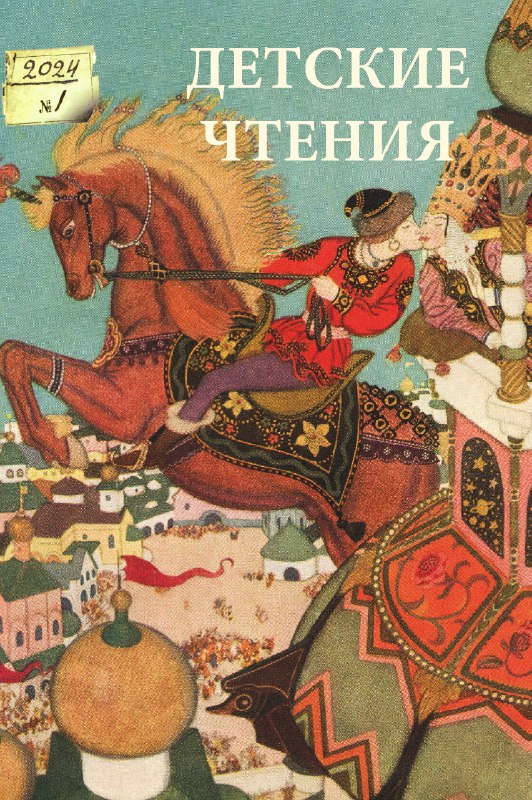THE MULTINATIONAL SOVIET PEOPLE IN SOVIET CHILDREN’S PERIODICALS (BASED ON THE MATERIALS OF THE PIONEER MAGAZINE)
DOI:
https://doi.org/10.31860/2304-5817-2024-1-25-74-99Abstract
The aim of this study is to identify typical representations of the multinational Soviet people and the means of their implementation in the Soviet children’s press. The research material is the corpus of publications of the mass children’s magazine “Pioneer” for the period from 1970 to 1989. It was in the early 1970s that the term “developed socialism” appeared in Soviet political discourse, which determined the official rhetoric of the government until the collapse of the USSR. The general methodological approach can be described as discourse analysis. It is established that the ideology of the “multinational Soviet people” is discursively constructed by a set of genres and types of publications and includes the following semantic blocks: the emergence of the multinational Soviet people, the dualism (duality of identity) of the Soviet man, the heroic path of the multinational Soviet people. The mediatization of the ideology in the children’s magazine met the needs of the state to educate the younger generation in the spirit of interethnic friendship and was actualized by a set of headings, genres, discursive strategies, linguistic and visual means. The identified representations are correlated with elements of adult rhetoric. Like the adult official discourse, Pioneer broadcasts the ideas of community of values, territory, history, joint activities, exploits and achievements.
Keywords: Pioneer magazine, Soviet people, children’s journalism, national policy of the USSR, discourse analysis







